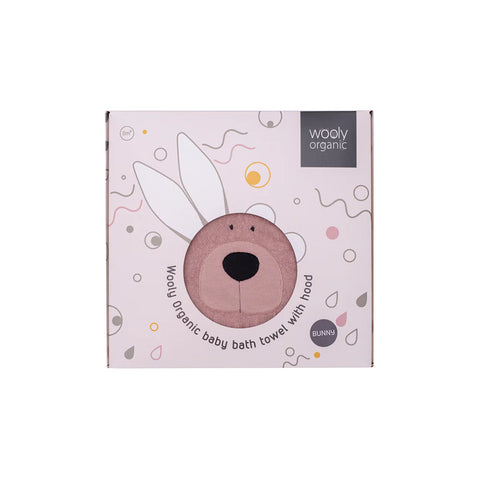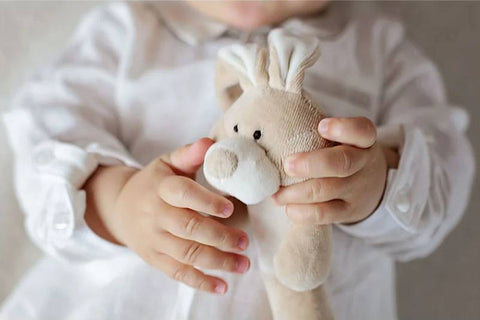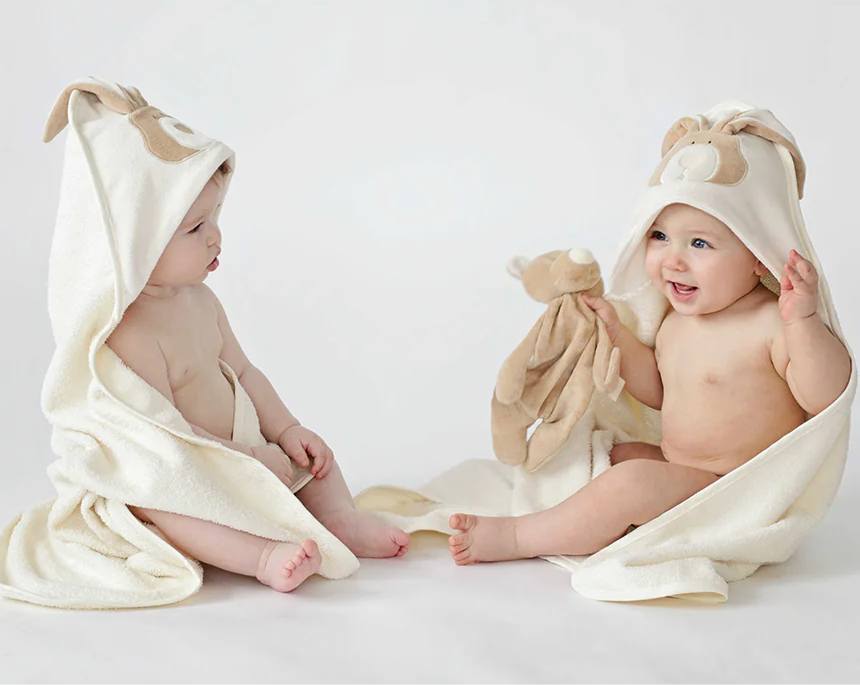Comfort Blankets as a Popular Baby Care Product
Comfort blankets have always been favored by many parents as a popular baby care product. However, there are many questions among parents regarding the correct usage of comfort blankets and whether there are any safety risks involved. This article will explore the principles of comfort blankets and their proper usage to help babies achieve better sleep and a sense of security.
Principles of Comfort Blankets
Comfort blankets are made from soft, breathable fabrics that are lightweight, do not shed, and are washable. Their comfortable texture provides a sense of security similar to a mother's embrace, which is crucial for infants who rely on touch. When babies are restless or having trouble sleeping, holding a comfort blanket can help calm them down, reduce crying, and facilitate better sleep.
How to Use Comfort Blankets
Mothers can start by placing the comfort blanket inside their clothing for a few hours daily to allow it to absorb their scent. However, it is important not to let breast milk drip onto the comfort blanket to prevent bacterial growth.
While holding the baby, breastfeeding, or reading a story, the comfort blanket can be placed between the mother and the baby.
During the day, engage in interactive play with the baby using the comfort blanket, such as gently stroking the baby's face, hands, and body. You can also assign a character to the comfort blanket and have interactive dialogues, which helps train the baby's tactile experiences.
Before the baby can grasp objects independently, place the comfort blanket beside them so they can gradually get used to having this intimate item nearby. When the baby starts to grasp objects, you can encourage them to practice holding the comfort blanket during the day.
Safety Tips for Using Comfort Blankets
Concerns about the safety of comfort blankets mainly revolve around the risk of suffocation. To minimize risks, parents should follow these guidelines when using comfort blankets:
- Before using a comfort blanket, ensure that its material is safe, non-toxic, and easy to wash.
- Ensure the size of the comfort blanket is appropriate. When the baby is using it, pay attention to their condition to avoid covering their face, which could cause breathing difficulties.
- Do not leave the comfort blanket in the crib while the baby is sleeping, especially for infants under 6 months old, to prevent the risk of suffocation if they cover their face with it during sleep.
- Regularly check the condition of the comfort blanket to ensure there are no damages or loose parts.


Alternative Options to Comfort Blankets: Recommended Comfort Toys




